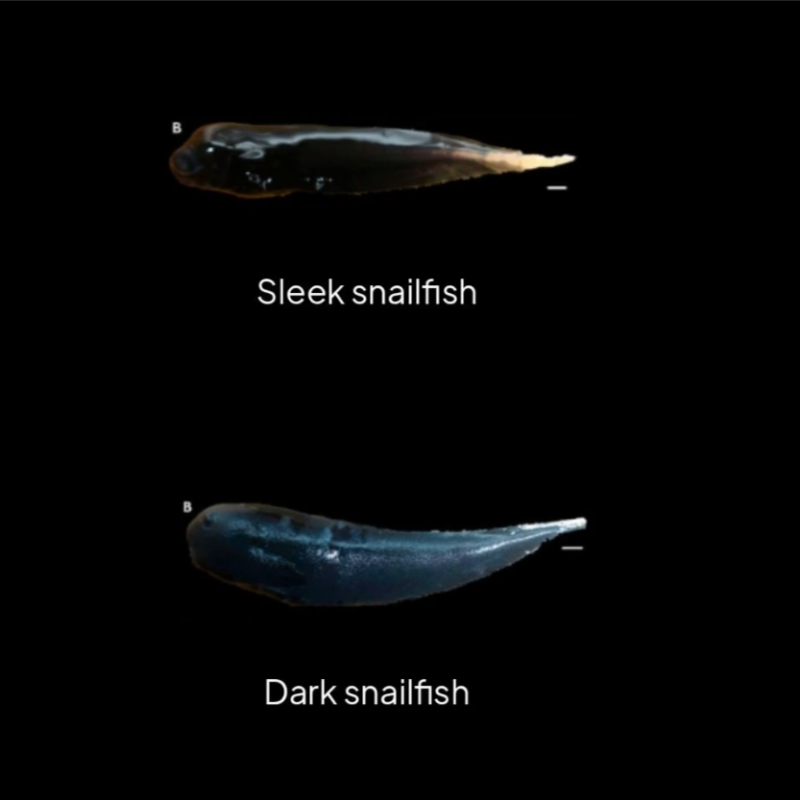New pink snailfish confirmed as previously unknown species off California coast
Scientists have confirmed a pink snailfish spotted off California in 2019 as a new species, the bumpy snailfish (Careproctus colliculi). The discovery, published in Ichthyology and Herpetology, adds to three newly described deep-sea snailfishes.

A pink snailfish recorded off the California coast in 2019 has been formally recognised as a new species, according to research published in Ichthyology and Herpetology.
The species, now named the bumpy snailfish (Careproctus colliculi), was first documented by the Monterey Bay Aquarium Research Institute (MBARI) using deep-sea exploration technology.
The identification was made by scientists from the State University of New York at Geneseo (SUNY Geneseo), in collaboration with the University of Montana and the University of Hawaiʻi at Mānoa.
The bumpy snailfish is distinguished by its soft pink colour, rounded head, large eyes, and wide pectoral fins with extended rays. A defining feature is its textured body surface, which inspired the common name.
Alongside this discovery, researchers described two other new species from the abyssal seafloor near California. These are the dark snailfish (Careproctus yanceyi), which has a black body and rounded head, and the sleek snailfish (Paraliparis em), noted for its long, compressed body, sharply angled jaw, and absence of a suction disk.

Snailfishes belong to the family Liparidae, which includes more than 400 known species worldwide. They are generally characterised by large heads, gelatinous bodies, and thin tails. Many possess a suction disk beneath their bodies, enabling them to cling to rocks, seaweed, or even deep-sea crabs.
While some species live in shallow tide pools, others thrive in extreme depths. One type of snailfish holds the record as the deepest-dwelling fish ever recorded, demonstrating the adaptability of the group.
The study was led by Mackenzie Gerringer of SUNY Geneseo, working with Jeff Drazen, a former MBARI postdoctoral fellow, and colleagues from the University of Montana and the University of Hawaiʻi at Mānoa.
The findings highlight the continuing discovery of new life forms in the deep ocean, underscoring how much remains unknown about marine biodiversity.








0 Comments